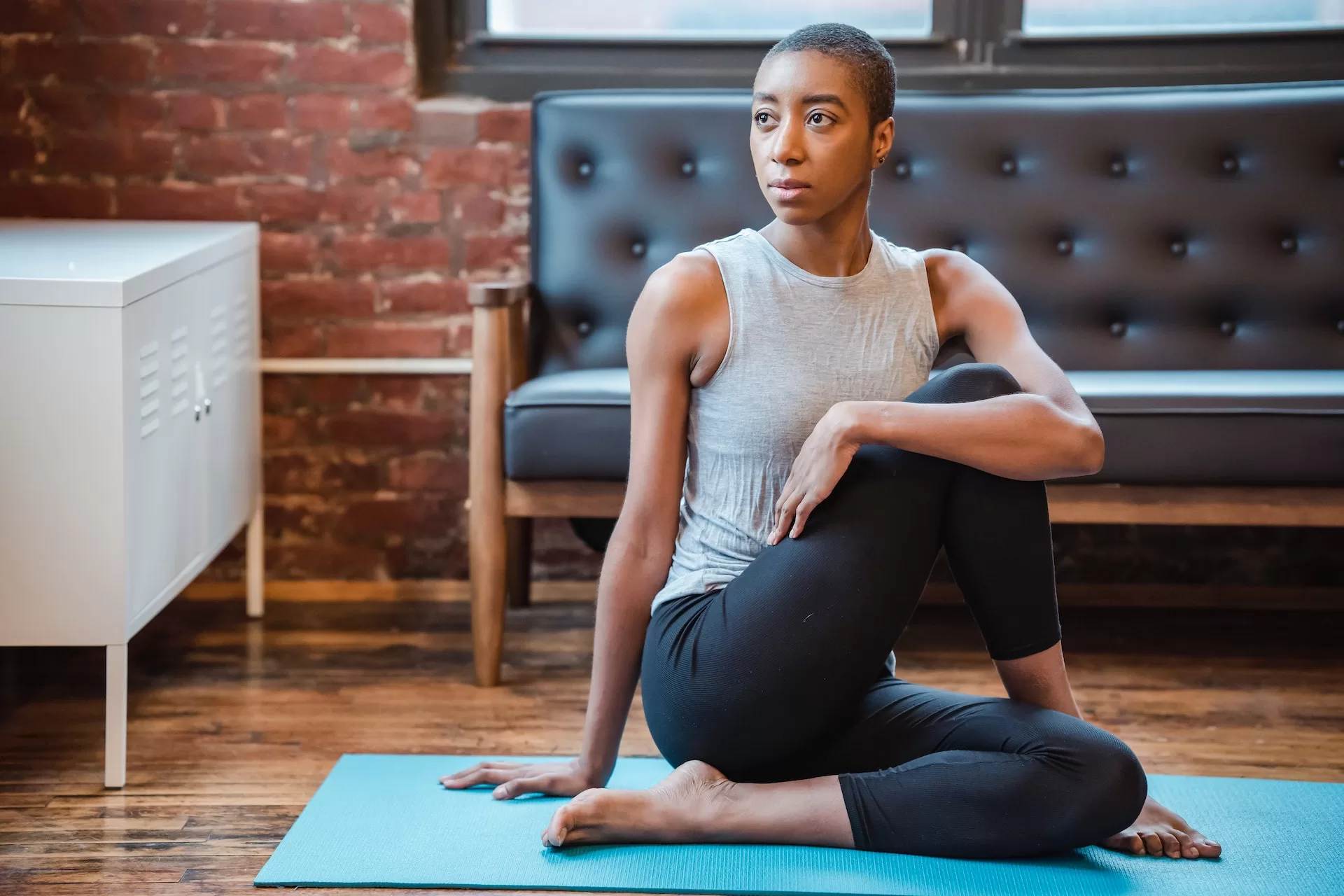Introduction
For those looking to increase pulmonary function and maintain healthy muscles, balance, strength, and flexibility, yoga can be an effective tool. The addition of yoga practice to one’s exercise regimen is becoming increasingly common, as numerous studies support the belief that yoga can promote pulmonary health. In this guide, we will discuss how yoga can be used to improve pulmonary function, what evidence is available to support the claims, and how to use yoga to reach optimal pulmonary health.
I. What Studies Show About Increasing Pulmonary Function with Yoga There are numerous studies which have examined the effects of yoga on pulmonary health. These studies have consistently shown that regular yoga practice can have positive effects on pulmonary functions, such as improved lung capacity and reduced shortness of breath.
One study was conducted to compare the pulmonary function test results between individuals that practice yoga and those that are sedentary. Fifty yoga practitioners and fifty sedentary individuals in the age group of 20-40 years were assessed for the standard pulmonary evaluation. Compared with the sedentary group, those who practice yoga had higher mean values for their pulmonary function test results. The findings of this study suggest that regularly engaging in yoga can significantly improve one’s respiratory performance. (Study: Pulmonary functions in yogic and sedentary population)
II. How to Improve Pulmonary Function with Yoga
Now that we’ve discussed the importance of pulmonary health and the benefits of increasing pulmonary functions with yoga, it’s time to discuss how to use yoga to reach optimal pulmonary health.
1. Start Simple
Before attempting more intense practices, begin with simple, gentle stretches. Focus on warming up your muscles and practice breathing exercises to prepare your body. Observe how your breath affects your movements, and how different poses affect your mental state.
2. Utilize Pranayama (Breath Control)
Pranayama, or breath control, is an integral practice when it comes to improving pulmonary health. Utilizing pranayama during yoga practice can improve the efficiency and power of the breath and reduce stress. There are numerous breath control techniques commonly used during yoga, such as:
Anulom Vilom Pranayama (Alternate Nostril Breathing)
Bhastrika Pranayama (Bellows Breathing)
Kapalabhati (skull shining breath).
3. Choose the Right Poses
When it comes to optimizing pulmonary health, it is important to select poses that are beneficial for respiratory health. One such pose is Ardha Matsyendrasana (Half Spinal Twist). This pose encourages the spine to twist and open, allowing for a more open chest, increased oxygen intake, and improved blood flow. Other poses that can improve pulmonary functions include Urdhva Mukha Svanasana (Upward-Facing Dog Pose) and Dhanurasana (Bow pose).
4. Move From Pose to Pose
Once you have selected your poses, incorporate a flow to your practice. Linking different postures together helps to build pulmonary stamina and endurance. When choosing poses, create a sequence that moves from easy to intermediate to more intense poses. This will help to gradually increase the intensity of your practice and test your lung capacity.
5. Focus On Your Breath
When doing each pose, focus on your breath. Focus on inhaling and exhaling slowly and deeply – this type of deep breathing encourages the lungs to expand and fill with air, improving oxygen intake. Additionally, focusing on your breath can help to reduce stress and relax the body, further aiding in increased pulmonary health.
Conclusion
Yoga can be an effective tool for optimizing pulmonary health, with numerous studies continuously proving the positive effects of a regular practice. Through the selection of specific poses, utilization of pranayama breathing techniques, and a gradual introduction of intensity, yoga practitioners can strive towards improved pulmonary functions and improved quality of life. Remember to be mindful your capabilities and the intensity of your practice, and allow for proper rest and relaxation.

